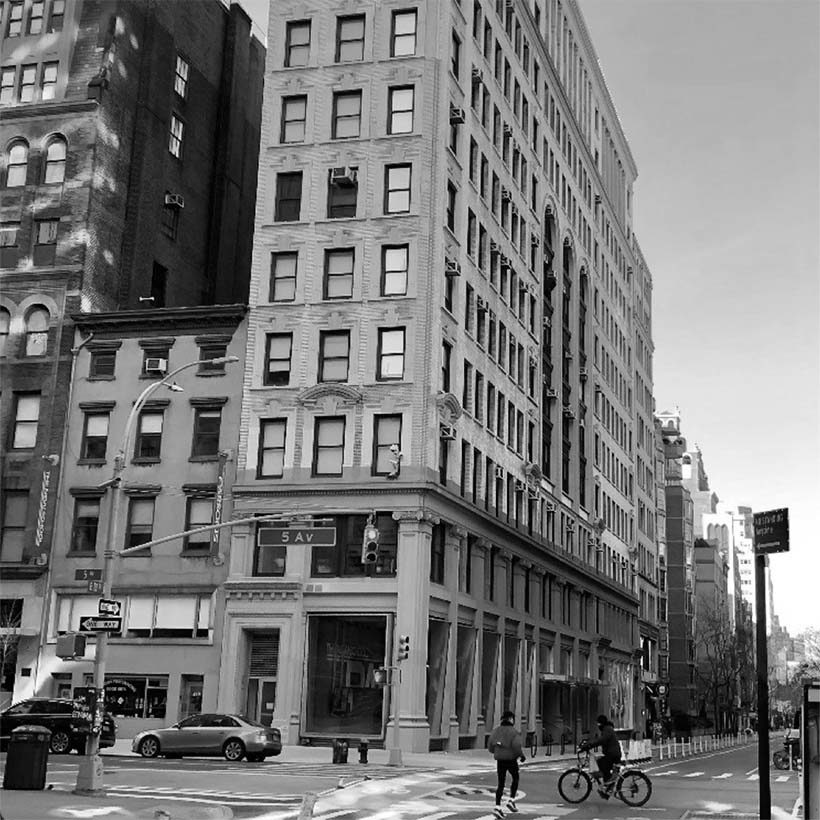Colored School No. 4 Deserves Landmark Status
Letter to LPC Chair Sarah Carroll
Sarah Carroll
Chair
Landmarks Preservation Commission
1 Centre Street, 9th floor
New York, NY 10007
Re: City-owned (Former) Colored School No. 4, 128 West 17th Street, Manhattan
Dear LPC Chair, Vice-Chair, and Commissioners:
The Municipal Art Society of New York supports the landmark designation of the Former Colored School No. 4 and the adaptive reuse of the building for interpretation of notable African American history. This is an important site in the nineteenth-century African American narrative that would make a significant contribution to LPC’s commitment to prioritizing designations related to African American cultural and historical places.
For more than 130 years, MAS has advocated for the preservation of New York City’s built environment to retain the architectural, historic, and cultural importance of our city’s rich history. Former Colored School No. 4, an almost 175-year-old building located at 128 West 17th Street, is a rare example of schoolhouse design that documents New York City’s nineteenth-century segregated school system of public education for African American children. In fact, the former Colored School No. 4 is Manhattan’s only surviving African American schoolhouse spanning the period between the Civil War through the Post-Reconstruction era and may be the borough’s oldest public education facility.
Download Testimony
The history of legal segregation in our country is one to be lamented and remembered. However, the preservation of this formerly segregated school is also an opportunity to bring citywide recognition to the significance it has had in African American history, as demonstrated by the people who taught and learned there. The broader story of the school as an exemplary site of Black community pertinacity in the face of the ignoble tradition of racially segregated schools and education makes it a critical element in the City’s reckoning with institutional racism and equity-based preservation initiatives.
During the Draft Riots of July 1863, Colored School No. 4 came under assault by a mob of working-class, white New Yorkers incensed by the first federal draft. The prominent suffragist and principal, Sarah J.S. Tompkins, rose to the challenge of protecting the schoolchildren as the mob tried to break into the school to hunt down two Black women who had been chased inside. Under Tompkins’ leadership, the teachers barricaded the doors and later safely escorted the children to their homes through the dangerous streets.
The teachers and graduates of the Colored School No. 4 were important players in the social infrastructure of New York City, and they represent a broad swath of interests namely abolitionists, ministers, orators, musicians, and military personnel; key roles in the African American community’s fight for freedom, civil liberties, and equal opportunities.
The former schoolhouse embodies historical, cultural, and architectural significance, shown in the structure’s retention of its Model Primary School House plan adopted by the NYC Public School Society in 1844. The building form includes a twenty-five-foot wide, four-bay façade configuration featuring characteristic separate entrances for girls and boys. The building structure also retains its multipaned double-hung windows on the upper floors.
The building has enormous potential for adaptive reuse, including as a museum or community center focusing on African American history in lower Manhattan, which would continue the former schoolhouse’s legacy as a public resource for educational and community advancement.
However, immediate action must be taken to address prolonged water damage from a neglected roof leak. MAS urges LPC to coordinate with the Department of Sanitation to provide swift and thorough repair and identify future stewards for the important historic structure.
Therefore, we urge you to vote in favor of landmarking Former Colored School No. 4 to preserve the history of New York City’s nineteenth-century public education to African Americans, as a reminder of the city’s history of racist segregation policies and the African American community’s foundational history in New York City.
Thank you for the opportunity to submit written testimony.

Elizabeth Goldstein
President, Municipal Art Society of New York




